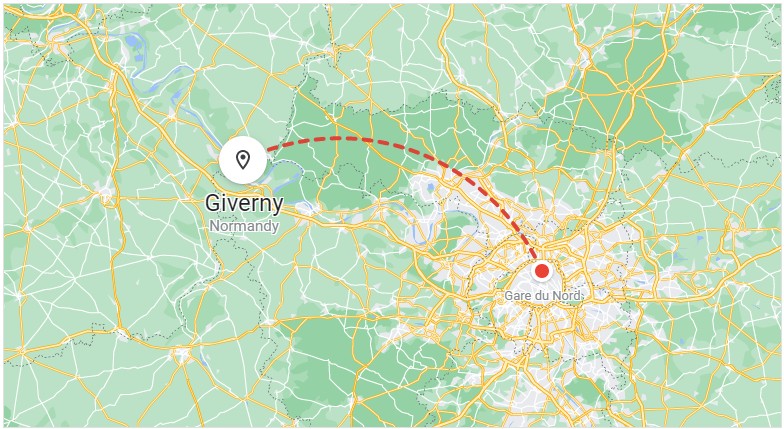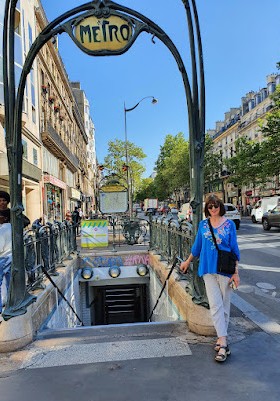In July and August 2022 Wendy and I travelled to Europe and to the United Kingdom (no longer in Europe - at least politically).
This, our first European trip since the Covid-19 pandemic, began in Berlin to visit my daughter Emily, her Partner Guido, and their children, Leander and Tilda, our grandchildren there.
Part 1 of this report touched on places in Germany then on a Baltic Cruise, landing in: Denmark, Finland, Estonia, Latvia, Sweden and the Netherlands. Read more...
Now, Part 2 takes place in northern France. Part 3, yet to come, takes place in England and Scotland.
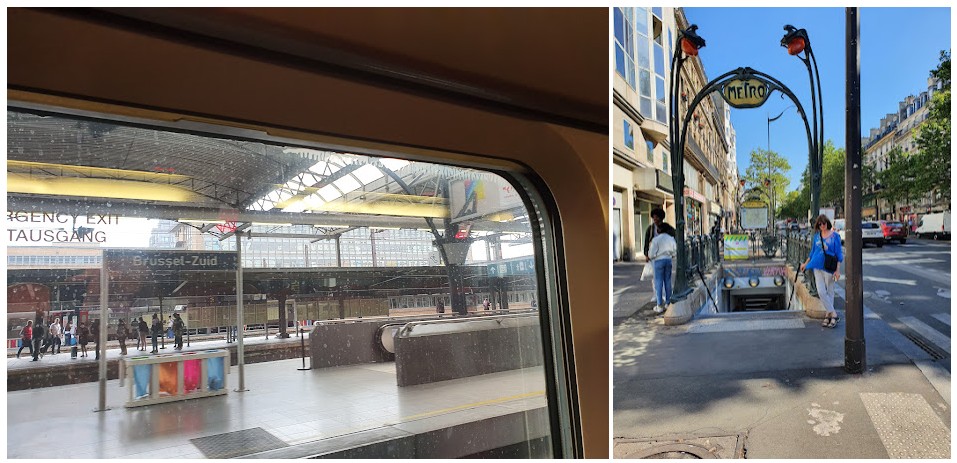
From Amsterdam, see Part 1, we caught the train to Paris, passing through Brussels (see a previous visit) on the way.
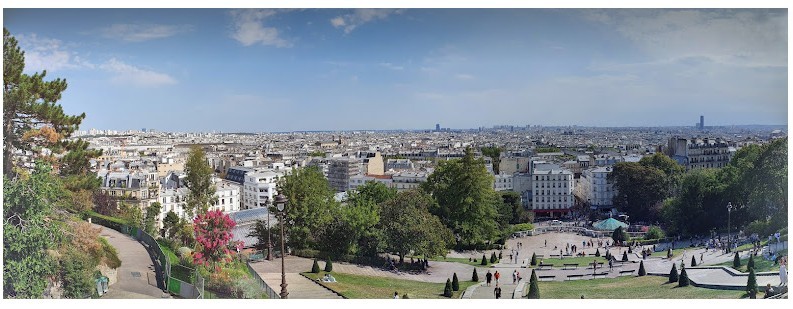
Having checked in to our hotel near Gard du Nord we set out to see a bit of Paris by walking to Montmartre.
The panorama above was taken from the front of Sacré-Cœur, now second most famous Paris landmark (since Notre Dame caught fire).
The Basilica has a bizarre history. It was constructed as a penance to God for the for the moral decline of France, since the French Revolution. The evidence for God's unhappiness with France was the country's defeat in 1870 during the Franco-Prussian war and the imprisonment of the Pope in Italy by Italian nationalists:
"We recognize that we were guilty and justly punished. To make honourable amends for our sins, and to obtain the infinite mercy of the Sacred Heart of our Lord Jesus Christ and the pardon of our sins, as well as extraordinary aid which alone can delivery our sovereign Pontiff from captivity and reverse the misfortune of France, we promise to contribute to the erection in Paris of a sanctuary dedicated to the Sacred Heart of Jesus."
And here it stands: in the fond hope of 'reversing the misfortune of France'. 1914 do you feel another war coming on?
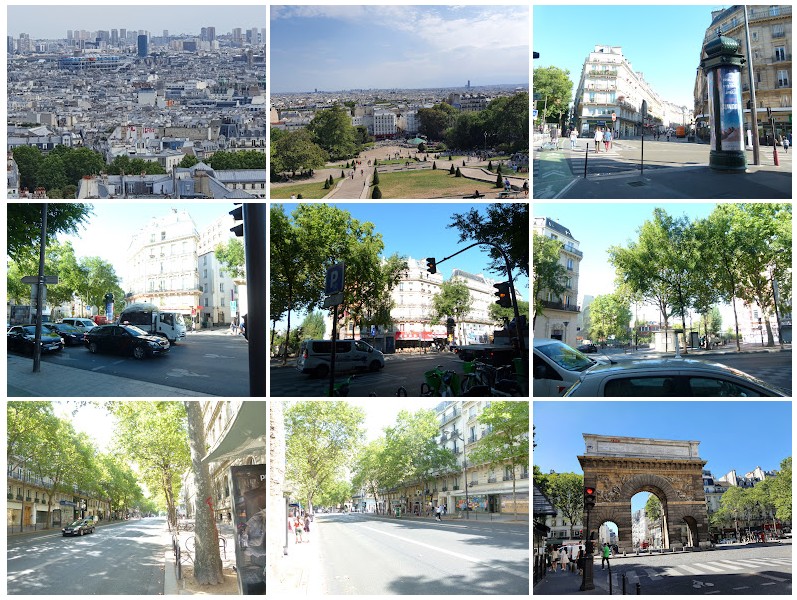
The next morning, we walked in another direction, to Père Lachaise Cemetery, where many famous people are interred. It's huge and quite undulating so a level of fitness is required, particularly after having walked there in the first place.
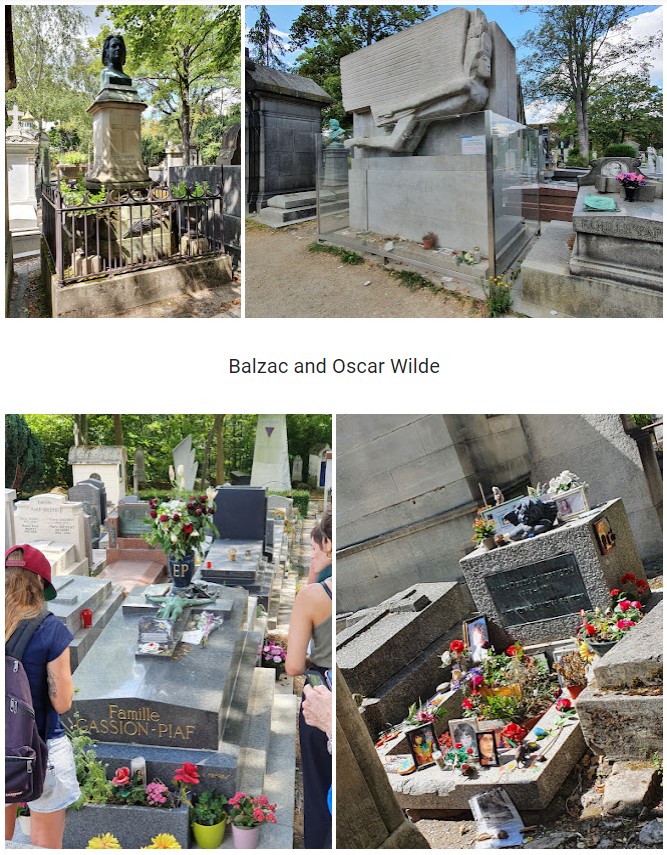
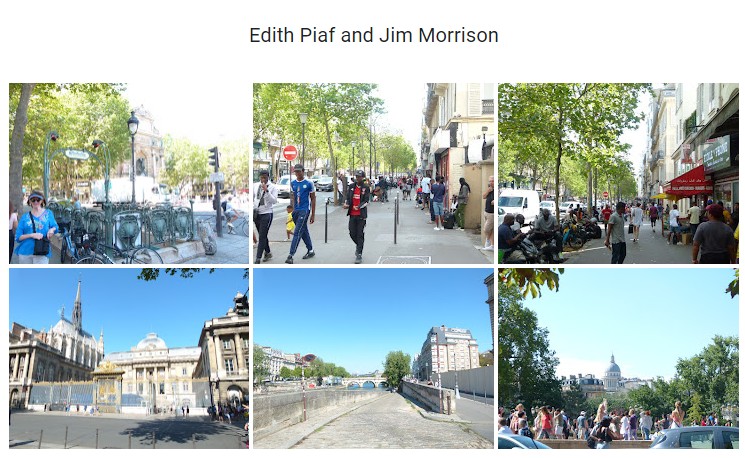
No visit to Paris would be complete without a walk around the Île de la Cité and a visit to Notre Dame - although this time was a bit different.
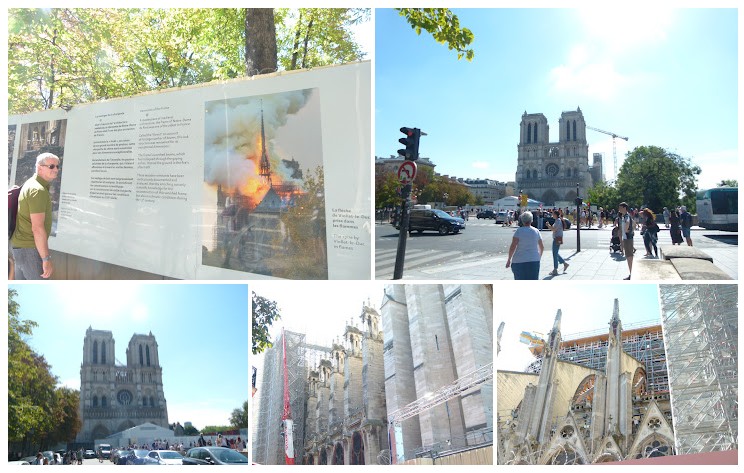
We cast our minds back. This was what it looked like in 2006, during our previous visit.

On the other hand, the Champs Elysée and its infamous roundabout, around the Arc de Triomphe, hasn't changed much, except for the crowds on the footpath.
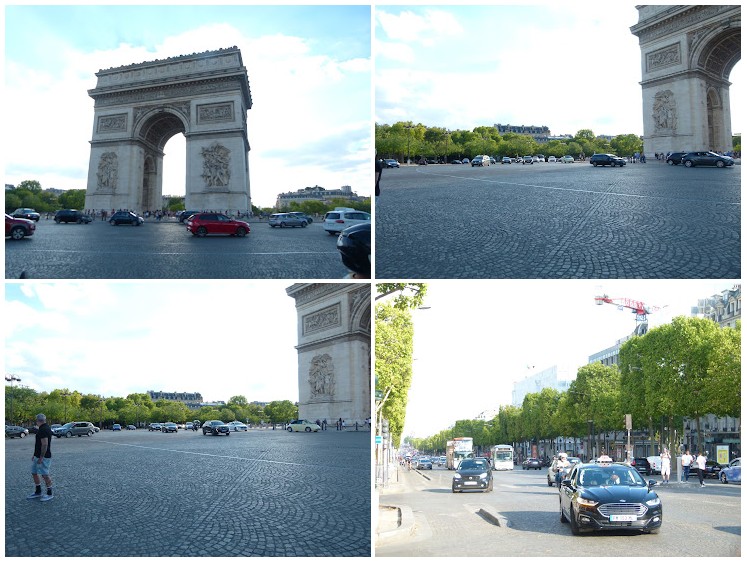
Back at Gare du Nord we were to collect our rental car from the enormous, and deep, underground car park beneath the station and then to find our way out of Paris.
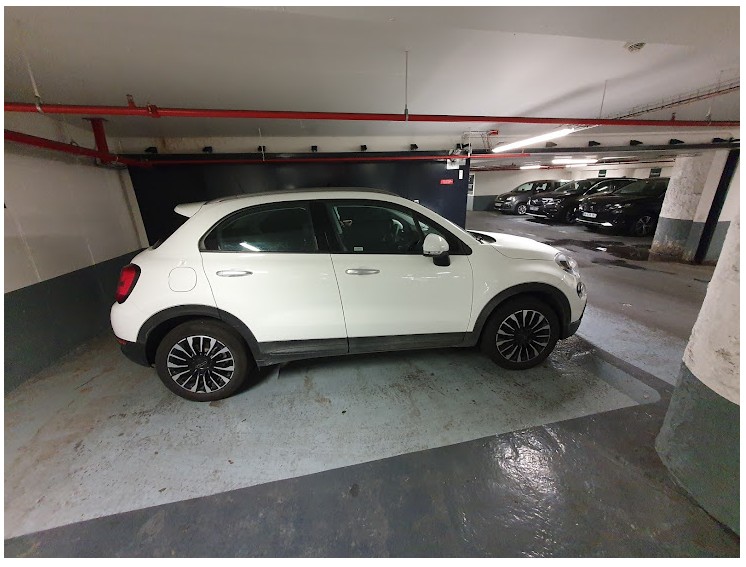
Driving in Paris in an unfamiliar car, on the wrong side of the road, gearstick in the other hand, turn indicators and wipers back-to-front, can be something of a trial. And the traffic is so bad that pedestrians often overtake one.
This turned out to be even harder than we anticipated as Tom-tom (our normally reliable GPS map device) kept returning us to an on-ramp to the expressway that was blocked by a Saturday market and strolling pedestrians who would not get out of the way. Eventually I drove off to another suburb until Tom-tom found a new ramp. But once out on the expressway it all gets a lot easier, particularly with the more sensible seed limits eating up the kilometres.
